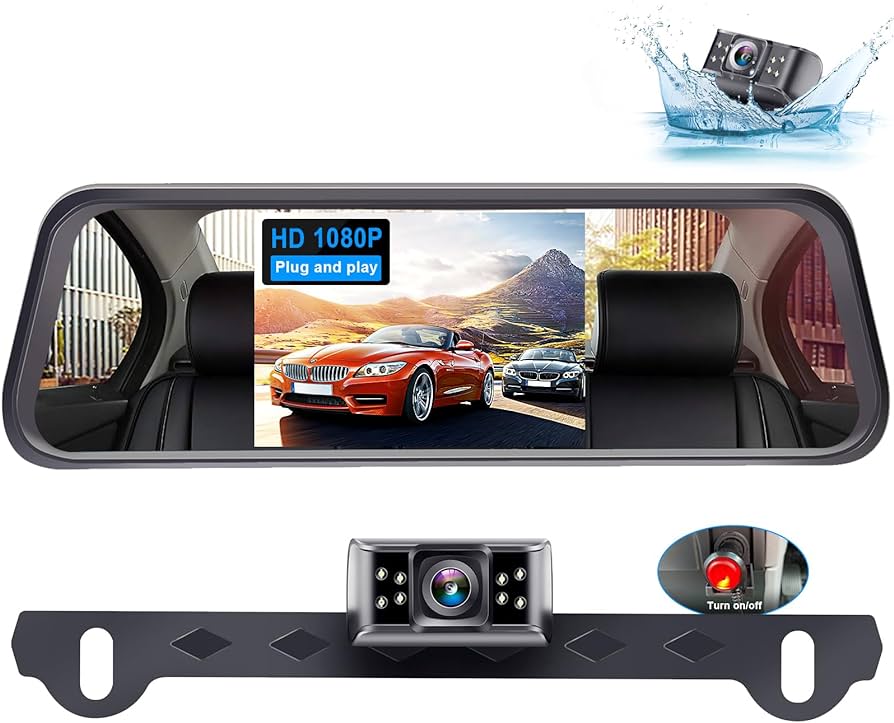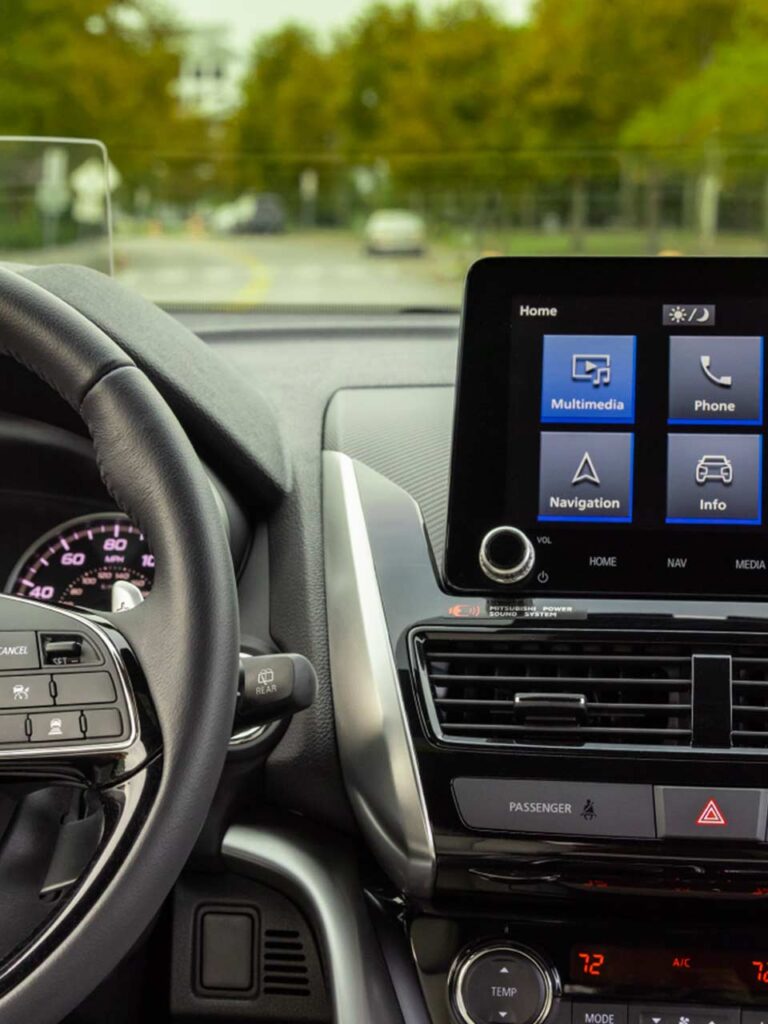How to Repair an Electric Side-View Mirror: Easy DIY Guide!
To repair an electric side-view mirror of your car, you can replace the mirror glass yourself using precut glass mirrors that fit your vehicle’s make and model. This is a cost-effective and do-it-yourself project. AutoZone offers high-quality replacement glass for your car’s windows and mirrors. 1. Understanding The Mirror Functions When it comes to electric side-view mirrors, understanding how they function is essential for troubleshooting and repairing any issues. These mirrors are not just for vanity; they serve multiple purposes that provide convenience and safety on the road. Overview Of The Different Functions Of An Electric Side-view Mirror Electric side-view mirrors on cars come with various features that allow the driver to adjust the mirror position, fold them for parking or tight spaces, and even defrost them during cold weather. Here’s a breakdown of these functions: Mirror adjustment: The primary function of an electric side-view mirror is to provide adjustable angles for better visibility. By using the mirror control buttons inside the car, you can adjust the mirror horizontally, vertically, or both to suit your driving preference. Mirror folding: Electric side-view mirrors also come with a folding feature that allows you to tuck them inwards when parking or in tight spaces to avoid damage. Some newer car models have automatic folding mirrors that fold with a push of a button. Explanation of mirror adjustment and folding features Let’s take a closer look at these two essential functions of electric side-view mirrors: Mirror adjustment: The mirror adjustment feature enables you to modify the mirror’s horizontal and vertical positions to enhance your field of vision. Depending on your car’s make and model, the mirror control button can be located on the driver’s side door panel or the dashboard. By pressing these buttons, you can move the mirror in different directions until you achieve the desired angle. It’s important to note that when adjusting the side-view mirror, you should be sitting in your usual driving position for accurate alignment. This ensures that you have a clear view of the surrounding traffic and eliminates blind spots. Mirror folding: The mirror folding feature is a useful addition that allows you to retract the side-view mirrors inward. This feature comes in handy when parking in narrow spaces or when passing through tight areas where there’s a risk of your mirrors getting hit. On older car models, you may need to manually fold the mirrors by pushing them gently towards the car. However, on newer models, the car’s control system can operate the folding mechanism with a press of a button. It’s important to take caution when manually folding the mirrors to avoid applying excessive force, which can damage the folding mechanism. 2. Troubleshooting The Mirror’s Movement To troubleshoot the movement of your car’s electric side-view mirror, start by testing the mirror’s motor circuits. Remove the door panel to access the mirror connector location and test the vertical mirror movement. Check the power and ground connections and test the other circuit if necessary. Fixing the mirror yourself can save you money compared to replacing the entire assembly. Common Issues That Cause The Mirror Not To Move If you’re experiencing problems with your electric side-view mirror, there are a few common issues that could be causing the mirror not to move. Understanding these issues will help you diagnose and fix the problem quickly. Here are a few possibilities to look out for: Motor failure: The motor is responsible for controlling the mirror’s movement. If the motor fails, it will prevent the mirror from moving. Electrical wiring issues: Faulty or damaged wiring can disrupt the power supply to the mirror, resulting in it not moving as intended. Faulty mirror switch: The switch that controls the mirror’s movement may be faulty or worn out, preventing the mirror from responding to your commands. Blown fuse: A blown fuse can cut off power to the mirror, causing it to stop functioning altogether. Step-by-step Guide To Diagnose And Fix The Issue Now that you have an idea of the potential problems causing your electric side-view mirror not to move, let’s walk through a step-by-step guide to diagnose and fix the issue: Step 1: Remove the door panel To access the mirror’s components, you’ll need to remove the door panel. Refer to your vehicle’s manual or online resources for specific instructions on how to remove the panel safely. Step 2: Locate the mirror connector Once the door panel is removed, locate the mirror connector. This is where the mirror connects to the electrical system of the car. It’s usually a small, rectangular plug. Inspect the connector for any visible signs of damage or corrosion. Step 3: Test the mirror motor circuits Using a multimeter, check the power and ground circuits of the mirror motor. Start by connecting the multimeter’s positive lead to the power wire of the mirror connector and the negative lead to a known good ground. Activate the mirror’s control switch to the desired direction (up, down, left, right) and check if voltage is present. This will help determine if there is a problem with the motor itself or if it’s receiving the necessary power. Step 4: Test vertical mirror movement If the motor circuits are functioning properly, test for vertical mirror movement. Connect the multimeter’s positive lead to the vertical motor wire of the mirror connector and the negative lead to a known good ground. Activate the mirror control switch to move the mirror up and down, checking for voltage. If there’s no voltage, there may be a problem with the switch or wiring. Step 5: Test the other circuit If the vertical mirror movement is working correctly, repeat the previous step for the horizontal movement. Connect the multimeter’s positive lead to the horizontal motor wire of the mirror connector and the negative lead to a known good ground. Activate the mirror control switch to move the mirror left and right, checking for voltage. If there’s no voltage, further investigation into the switch or wiring is required. By following these
How to Repair an Electric Side-View Mirror: Easy DIY Guide! Read More »





